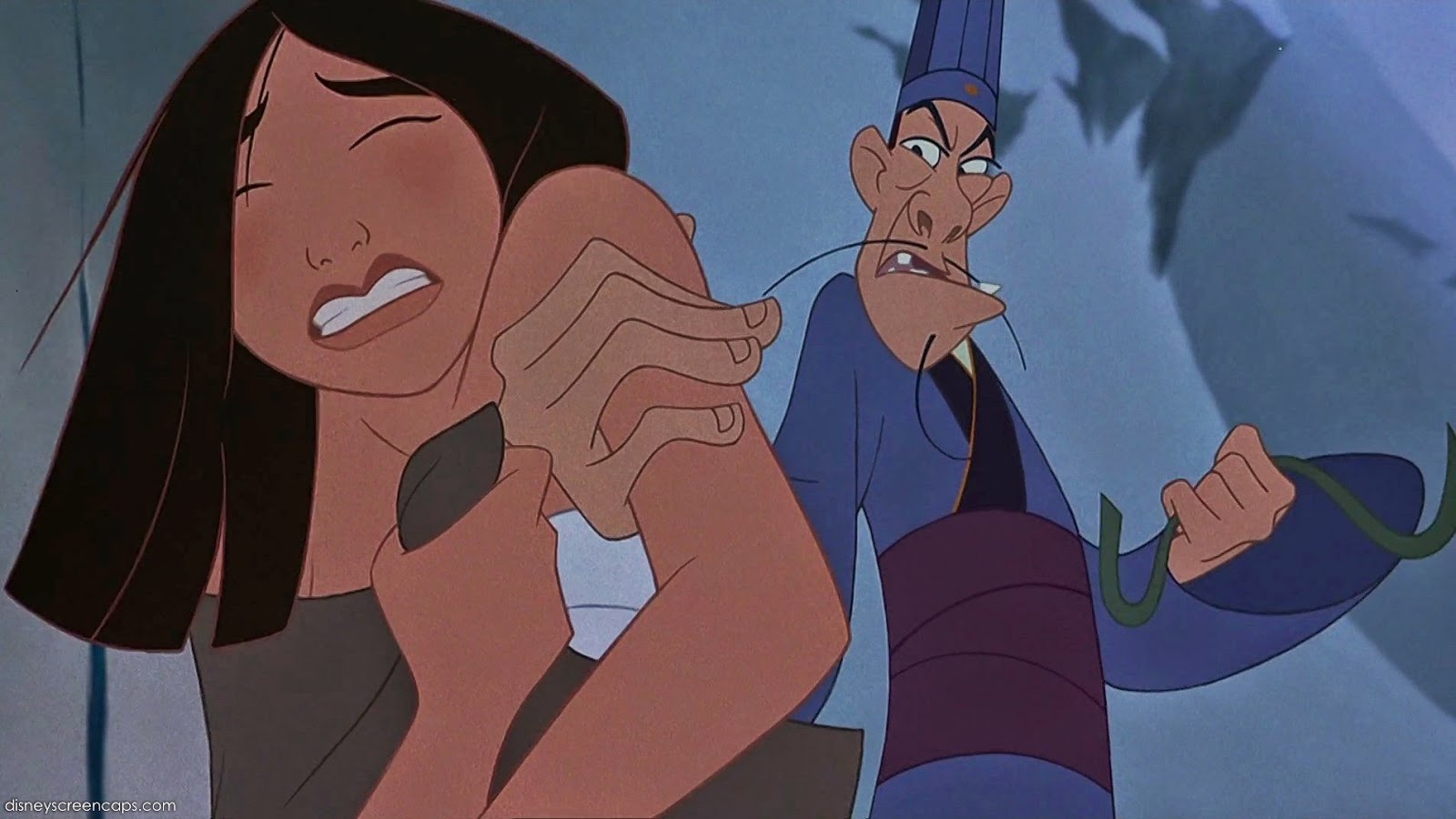Painting is always a fun activity! What better way is there to learn how to accept yourself and others rather than just judging too quickly or believing stereotypes? Children will have a fun and great time being able to paint and draw themselves and realize how they view themselves. The ending result would be a multicultural collection of paintings and acceptance of one another.
This activity is very age appropriate for ages 3 to 8. “Preschoolers get even better at noticing differences among people. They can name, identify, and match people according to their physical characteristics” (York, pg. 12). This proves that the children would be able to paint their own physical characteristics and notice others. “Young children’s thinking is very limited, distorted, and inconsistent, which makes them susceptible to believing stereotypes” ( York, pg. 12) and the ultimate goal is for the children to believe their own judgements rather than stereotypes. “[Children] (ages 5&6) continue to be interested in physical differences and can easily describe themselves in terms of their own physical features” (York, pg. 13). “They (ages 7-9) finally understand that things stay the same even though they may change in appearance. Children realize their gender and skin color will stay the same as they grow into adulthood” (York, pg. 19).
Themes such as “I’m me, I’m special and alike and different” are very important for children to learn while they are young. This is appropriate so that they can enter the real world and society with a positive mindset on themselves and acceptance of differences and multicultural diversity. Children will have the ability to compare and contrast with themselves and others and learn to understand while growing.
4. Relate your activity to three concepts from the handout Goals for Anti-Bias Curriculum. (handout, supported by Ch 7) This is where you answer "how does this activity meet anti-bias goals?"
-”Increase children's ability to interact, talk and play with people who are different from them.”
Children will be able to see each other work on their paintings and see how each painting is different from one another and talk about differences and similarities.
- “Teach children how to cooperate with others” by working with one another and helping each other out on their paintings.
- “Provide children with a positive experience exploring similarities and differences” by the final outcome of the drawings. Each drawing will be different and special in it’s own way and children will be able to learn how to accept all the differences.
- “Encourage children to respect other cultures.” Since children will be painting themselves, all paintings will be different. It’s a virtual version of them and respecting each drawing is also the same as respecting one another’s cultural differences.
Materials:
Materials:
- Unbreakable full-length mirror
- Tempera paint
- Paint brushes
- Butcher paper
- Crayons
- Markers
- Soap & water
- Paper towels
- Ask the child to stand against the mirror and trace their body outline.
- Have the child color in their body.
- We then have the children lay on butcher paper to trace their bodies to create a body sculpture.
- Have the children paint, color, and draw in their features to their bodies.
- Cut out both body drawings and staple it to one another.
After children have finished their masterpieces, they will be able to showcase it to everyone else. Children will be able to present their paintings and view each other’s while analyzing the differences and similarities.
The first book I chose was “It’s Okay to be Different” by Todd Parr. This fun, colorful, vibrant book teaches children that it is okay to different and unique from everyone else, because everyone is special in their own ways and will be loved for it. I chose this book because it promotes self-love and acceptance of oneself and everyone else despite skin color, body image, disability and more. I would read this book aloud to the student’s with the sound effects and have children do their body painting after!
The second book that I chose is “The Day the Crayons Quit” by Drew Daywalt. This fun book is based on a bunch of crayons that have quit on their owner due to being treated unfairly and misused. Children will have a blast reading this and actually be able to apply it figuratively and literally. The crayons are protesting against what they are used for, which you could also compare to stereotypes (ex. the yellow crayon is always used for the sun and black is always used for outlining). This I chose this book because of it’s great illustrations and humor! The most important part of this book to me is the message of accepting one another and being able to accept who you are! Children could apply this reading to their activity while drawing in their features with crayons.
This activity is an overall great exercise for children. It’s something that they can both enjoy and learn from at the same time. Being able to draw/paint yourself out and draw your own features is a way of they perceive and accept themselves and also have the ability to see how different and alike they are from one another.
Reference List
York, Stacey. Roots & Wings: Affirming Culture in Early Childhood Programs. St. Paul, MN: Redleaf, 1991. Print.
"It's Okay to Be Different: Teaching Diversity With Todd Parr - ReadWriteThink." Readwritethink.org. N.p., n.d. Web. 09 May 2015.
"The Day the Crayons Quit." Goodreads. N.p., n.d. Web. 09 May 2015.



















